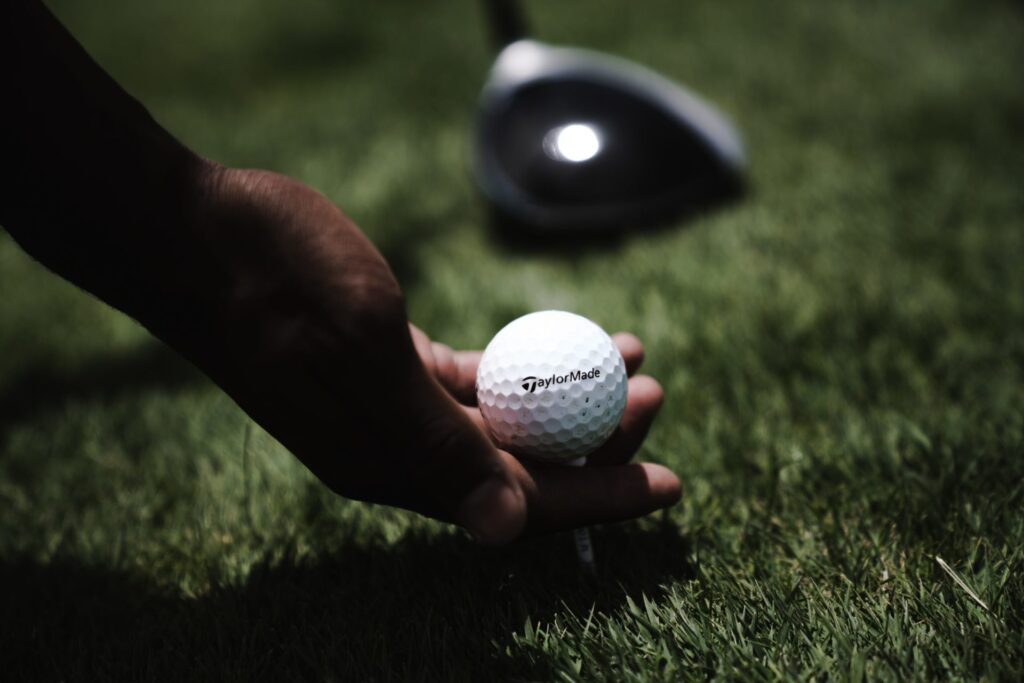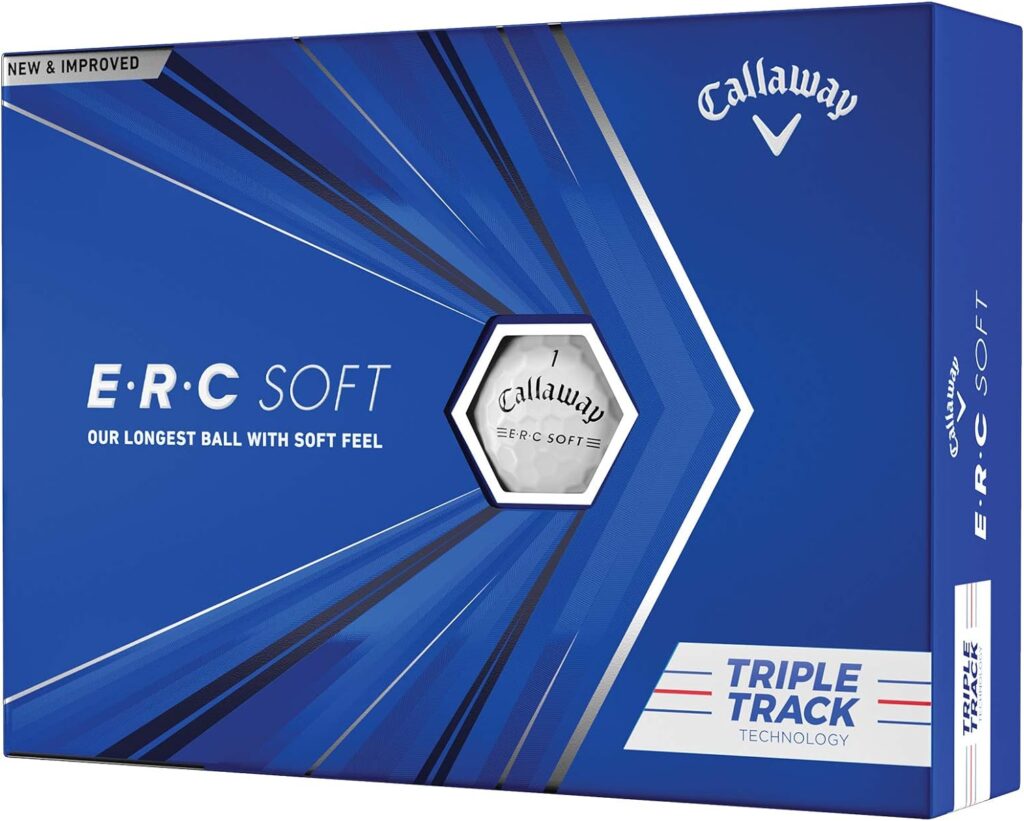In the realm of golf, precision and adherence to rules are paramount. One essential rule to grasp is the concept of a provisional ball in golf. Whether you’re a seasoned golfer or just starting, understanding what a provisional ball is and its application can greatly impact your game. This guide explores provisional balls, their purpose, when to use them, and the governing rules, providing you with essential knowledge to elevate your golfing skills.
Demystifying the Provisional Ball
What Is a Provisional Ball in Golf?
A provisional ball is a term you’ll often hear on the golf course, but what exactly does it entail? Let’s break it down:
A player plays with a substitute ball when their first ball is lost or ruled to be out of bounds. The provisional ball is meant to save time by letting the player keep playing without having to spend a lot of time looking for the real ball.
Why Play a Provisional Ball?
The decision to hit a provisional ball hinges on a critical factor – time. Pace of play is one of the most important things to think about when playing golf, and the spare ball rule is meant to keep a good pace on the course. Players can hit a replacement ball instead of spending too much time looking for a lost one, so they don’t have to wait too long to continue their round.
Understanding the Rules of a Provisional Ball

When Can You Hit a Provisional Ball?
- Lost Ball: If you can’t find your ball within three minutes of starting to look for it, you can hit a substitute ball instead. You or your other players should make this choice before spending a long time looking.
- Out of Bounds: You can also play a substitute ball if your ball goes past the edge of the golf course and is now out of bounds. This prevents the need to return to the previous spot and replay the shot under penalty of stroke and distance.
How to Play a Provisional Ball
- Announce Your Intent: When deciding to hit a provisional ball, it’s crucial to make your intentions clear to your playing partners. Announce your intention to play a provisional ball to ensure everyone is aware of the situation.
- Provisional Ball’s Characteristics: The provisional ball should be identical to the original ball in play. Use the same club, and if you can, mark the ball in a way that makes it stand out from the rest on the course.
- Provisional Ball’s Order: The provisional ball should be played right after the first ball, and it should be clear that it is a temporary shot.
Finding the Original Ball

- Priority: The rules of golf rank finding the original ball. If you discover the original ball within the three-minute search time and it is playable, you must continue with it, abandoning the provisional ball.
- Play as Lateral Relief: If the original ball is found but can’t be played (for example, it’s in a water danger or a bush), you can take lateral relief and play with the provisional ball, but it will cost you one stroke.
Conclusion
Understanding what a reserve ball is in golf is more than just a rule; it’s a useful tool that keeps the game moving and makes sure everyone has a good time. By understanding when, why, and how to play a spare ball, you gain important skills that can save you time and stress on the golf course. So, the next time your ball goes astray, remember the provisional ball rule and make a choice that keeps your round on track. Play golf well!
